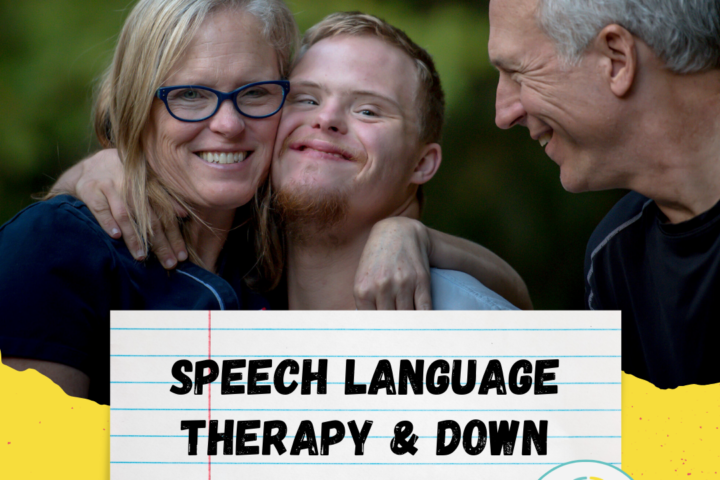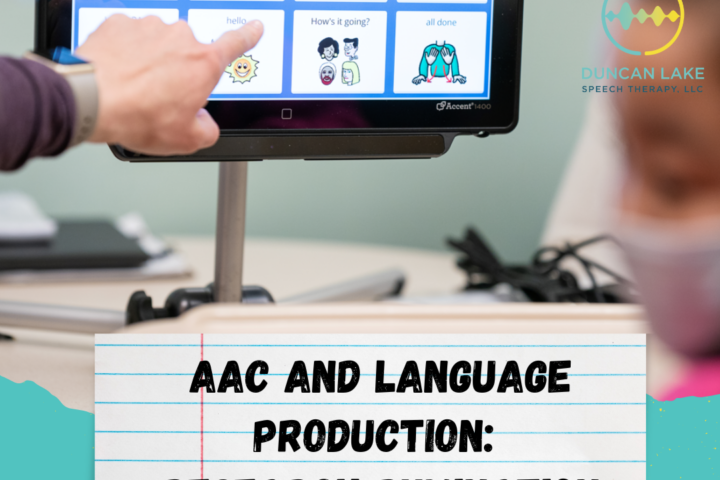Happy Down Syndrome Awareness Month!
To honor this month, let’s talk about the language profile of individuals with Down syndrome. While I’m going to speak about language characteristics of people with Down Syndrome, it is important to note that no two people are every alike when it comes to speech and language development. Someone once told me, “If you’ve met one person with Down syndrome, you’ve met one person with Down syndrome,” which is completely powerful and true.
SLPs can support people with Down syndrome in many ways and in many areas. Let’s go!



